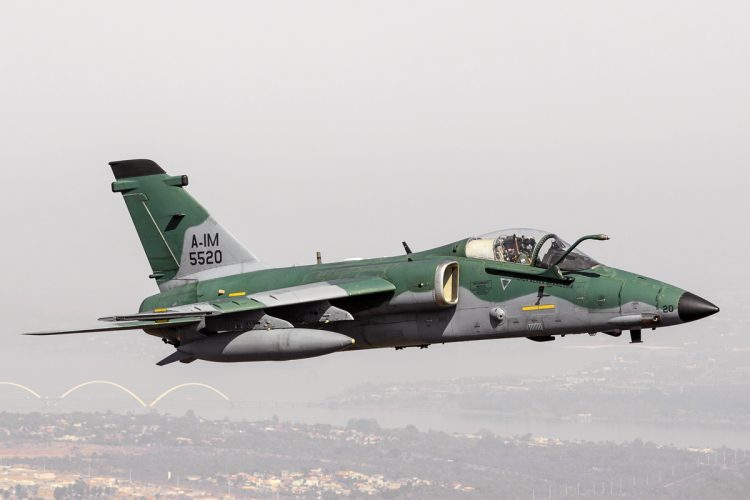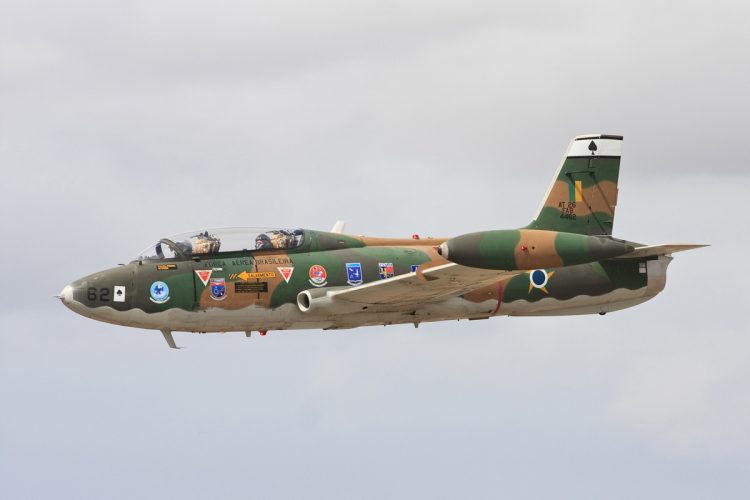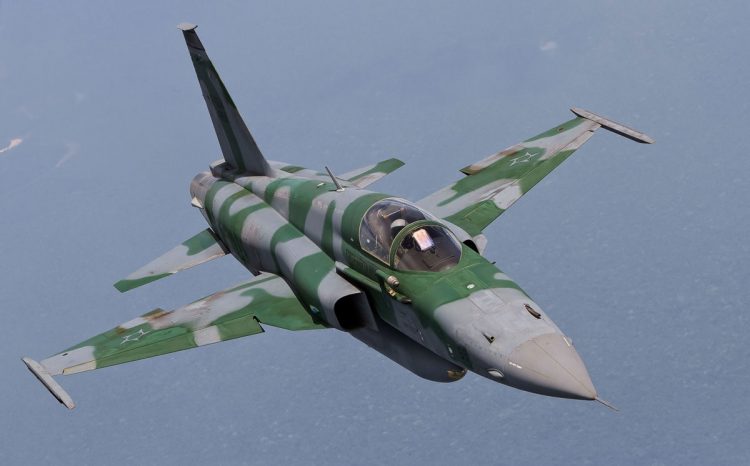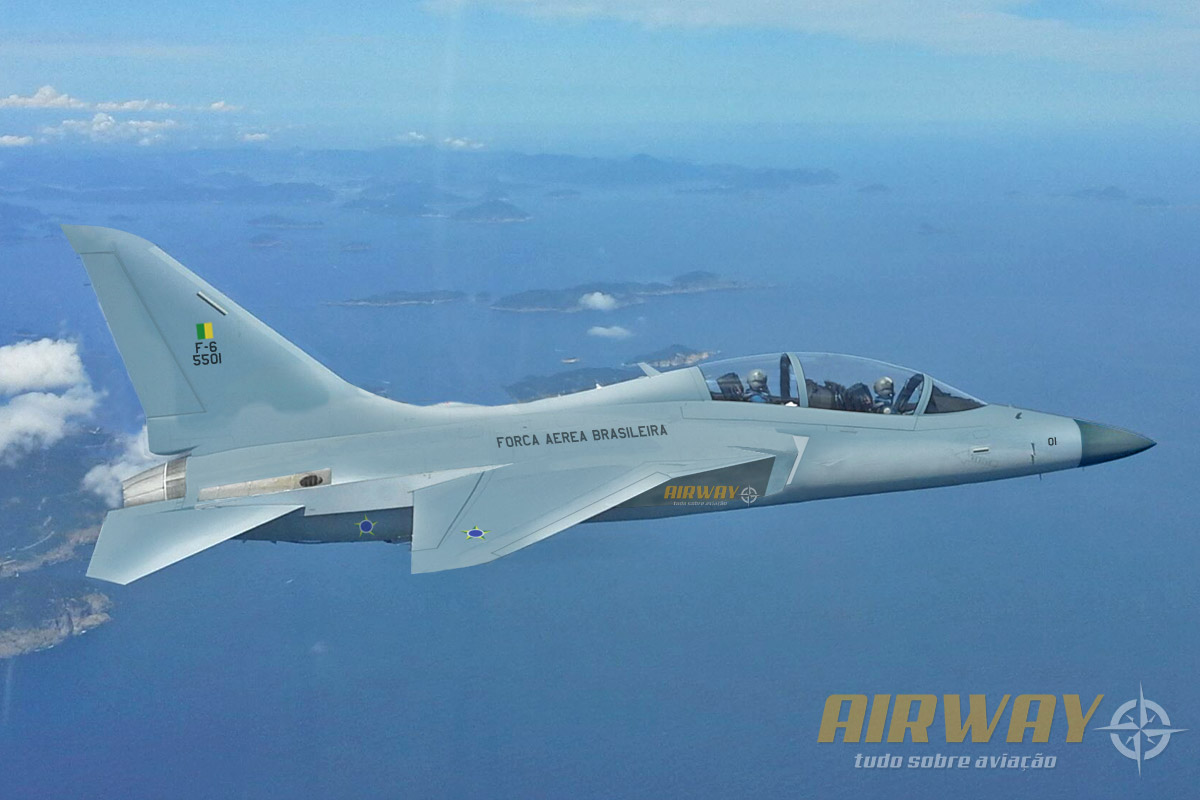Currently involved in the manufacture of the Gripen F, a two-seater version of the fighter in which it is a partner of Saab, Embraer is about to participate in its first supersonic design. However, the Brazilian manufacturer came close to having its own fighter fighter in the 1980s.
These were the days when the company belonged to the Brazilian government, from where it emerged in the early 1970s to manufacture the small twin turbine Bandeirante for the Brazilian Air Force (FAB) and which was later used as a commuter aircraft in several countries.
At the time, Embraer produced AMX, a subsonic attack aircraft developed jointly with Italian companies Aeritalia and Aermacchi. Experience with the project motivated the manufacturer’s board of executive officers to consider the next step, a multifunction supersonic fighter that would also serve as an advanced training.
The opportunity was to supply the air force with a modern airplane that would replace the EMB-326 Xavante jets (military trainer made under Aermacchi’s license) and also the F-5 Tiger II, the versatile Northrop fighter, but which had few units in the FAB.
This was how Embraer studied the MFT-LF or Multi Functional Tatical – Light Fighter project in the late 1980s. Having as its main costumer the Brazilian government, the idea was to take advantage of the knowledge obtained with AMX to produce a light fighter with a maximum speed of Mach 1.7 thanks to a Rolls Royce/Snecma MH45 engine with 3,500 kg thrust with afterburner.

In fact, one of the project’s requirements was to avoid US-supplied components to avoid sanctions in case of sales to other countries.
The MFT-LF would have 11.25 meters in length, 8.7 meters in wingspan and 4.03 meters in height. It was practically the size of the F-5 and not by chance since the numerous operators of the Northrop light fighter could be potential customers of the aircraft from Embraer.
Few details about the project were disclosed, but two renders revealed at the time provided some clues as to what Embraer planned. The design was quite conventional, with rectangular air intakes on the sides, higher wings and large area stabilizers – see at the top an approximate projection of how the MFT-LF could be if it had been built.
Overall, the fighter resembled parts of the F-16 and also traces of the Tornado, but with a large canopy that in the monoplace version had no division. The biplace, however, dispensed the missile launchers at the tips of its wings.

Uncertain future
Faced with the failure of AMX sales, the future of the MFT-LF project was unclear. The Brazilian government itself conditioned the support to the program to the search of partners in other countries to divide the costs of the project. However, the world was living the end of the Cold War and some threats ceased to exist.
Embraer, on the other hand, was a company different from the current one. Controlled by the government, the manufacturer depended on political decisions to advance its projects. At the time, it was committed to launch its first regional jet (the ERJ-145) based on the turboprop EMB-120 Brasilia and several configurations thought out were discarded.

At the same time, the FAB, which even thought of acquiring J-7 fighters from China (MiG-21 made under license), obtained from the US a new batch of F-5s used to expand its squadrons and the question of the new fighter was postponed to what would one day be the FX competition.
Without its own supersonic fighter, Embraer only came back to deal with this challenge recently when Gripen was selected to re-equip the Brazilian Air Force. If the MFT-LF had come true the scenario would certainly be quite different.


